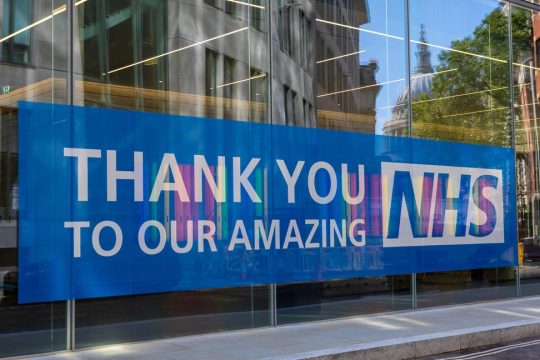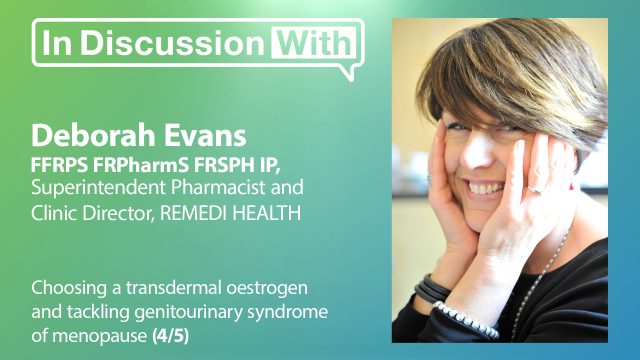Advertisment
SABCS 2011 Report – It’s time to bend the cost of cancer care downwards

by Dr Sunil Upadhyay – There is clear evidence that the USA spends twice as much as any other country per GDP on cancer treatment but, except for fractionally better survival rates for breast cancer and NHL, they have essentially similar survival rates for the majority of other cancers.1 Unfortunately, it’s getting worse. Universally, people are finding the current economic climate extremely tough. Cancer costs are rising exponentially all over the world and the slow economic growth is going to last longer then expected. This rapid increase in expenditure is certainly not going to be sustainable for long. Unlike heart disease, the death rates from cancer have not shown major decline due to treatment, particularly systemic therapy which has been widely used over the last 30 years or so.2 At SABCS 2011, Dr Thomas Smith from Richmond, Virginia raised the question Is it really value for money?
Drug therapy constitutes the main source of expenditure in cancer care. Many of the currently used new agents seem to show little economic value. Therefore, some major changes in the behaviour of the practicing oncologist are needed to reduce the waste and improve the cost effectiveness of current management approaches. For instance3:
- Target surveillance procedures to those where there is proof or a high likelihood of benefit.
- For most solid tumours limit second-line and for all third-line for metastatic treatments to sequential mono-therapies.
- For patients with cancer that has progressed while on treatment, limit future active therapy to patients with good performance status.
- Dose reduction can replace G-CSF use in metastatic solid cancers.
- For patients not responding to three consecutive regimens further cancer directed therapy should be limited to clinical trials.
Five attitudes that require acknowledgement and change are:
- Acknowledge that we drive the costs of care by what we do and don’t do.
- Both doctors and patients need more realistic expectations.
- Realign compensation and rebalance cognitive services.
- Better integration of end of life non-chemotherapy oriented palliative care.
- Accept the need for the cost-effective analysis and some limits on care.
Integration of palliative care for equal if not better survival with better symptom management should be the new norm of management of patients with terminal cancer.
It is a well-known fact that large sums of money are spent during the last 28 days of life on unnecessary, expensive investigations and complex treatments with hardly any clinical benefit to patients. Sometimes it can be due to pressure from the family or fear of litigation. Other times management guidelines are putting an invisible wall between clinical experience, patient choice and fear of litigation. We need to have political will and support to be able to save this money for basic research and clinical trials due to a limited budget. Less chemotherapy and more palliative best supportive care achieves similar results with less toxicity, low cost and better quality of life. Dose reduction or dose delay to manage toxicities from palliative chemotherapy needs to replace routine use of G-CSF, blood and blood products during the management of incurable metastatic cancer with no real evidence to suggest any negative impact on PFS or overall survival. Though use of G-CSF reduces hospitalisation, so is dose reduction and dose delay. Moreover, there is evidence to suggest that the majority of G-CSF use is not according to national or international guidelines like ASCO or EORTC.4 There’s growing evidence that oncologists who receive feedback and accumulate experience give less chemotherapy during end of life; pertinent lessons for today’s young oncologists.5
Molecular classification of breast cancer using, for example, Oncotype DXÒ 21 gene assays show that over 50% of the oestrogen receptor positive patients are of low risk biology. These patients do not benefit from anthracycline based adjuvant chemotherapy but do benefit from adjuvant hormonal therapy. Therefore, all eligible breast cancer patients should have Oncotype DXÒ test at diagnosis so that patients with low risk tumours can avoid chemotherapy, particularly the elderly with node negative tumours and so spare toxicity plus save millions. With such an approach it is estimated that just in the USA alone, over 50,000 breast cancer patients will be spared chemotherapy. Thu Dec 8, Poster Discussion VI
References:
1. Meropol N J, Shulman K. JCO 2007; 25(2): 180-186. doi: 10.1200/JCO.2006.09.6081
2. Jemal A, Siegel M, Ward E, Hao Y et al. Cancer Statistics, CA: A Cancer J for Clinicians 2009; 225-249
3. Smith T J, Hillner B. NEJM 2011; 364(21): 2060-2065
4. Potovsky A, Malin J, Benjamin K, Chrischilles E et al. JNCI 2011; 103(12): 979-982 doi: 10.1093/jnci/djr152
5. Blayney D, McNiff K, Hanauer D, Miela G et al. JCO 2009; 27: 3802-3807. doi: 10.1200/JCO.2008.21.6770





